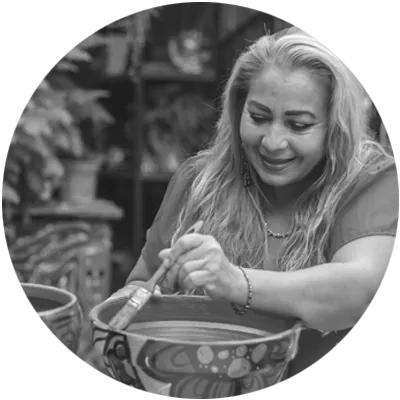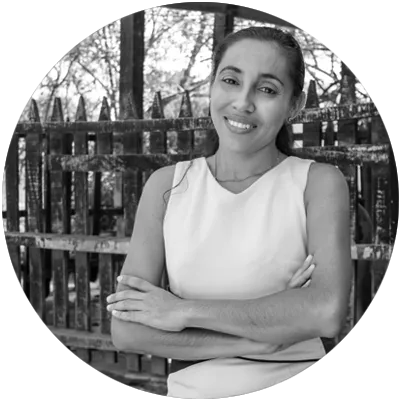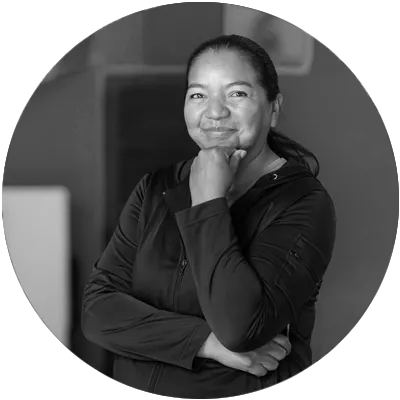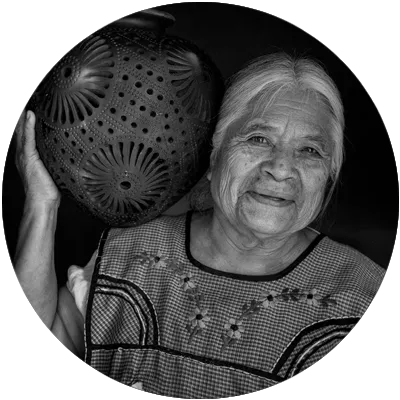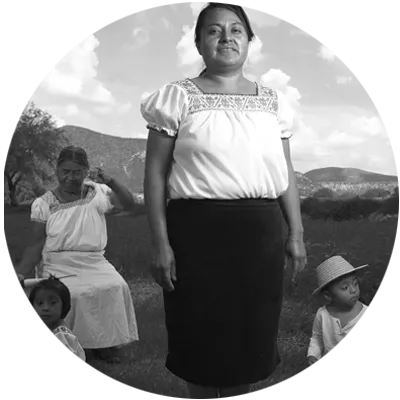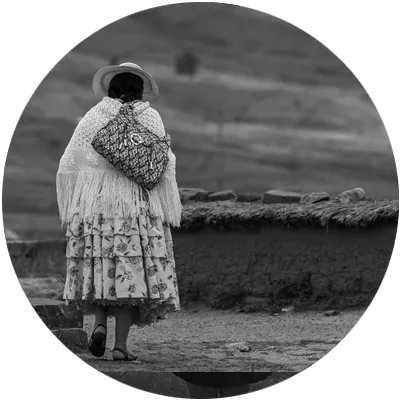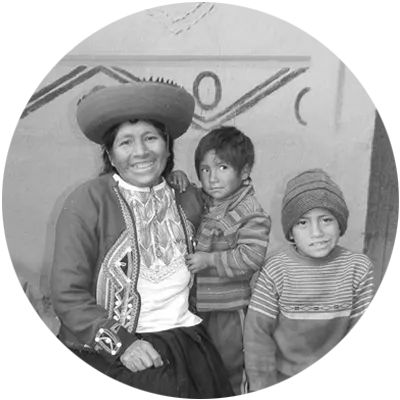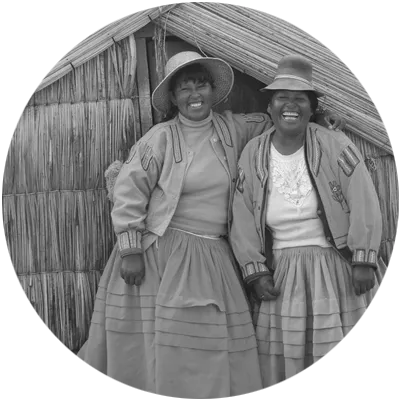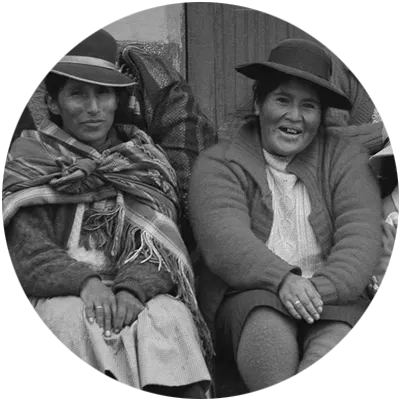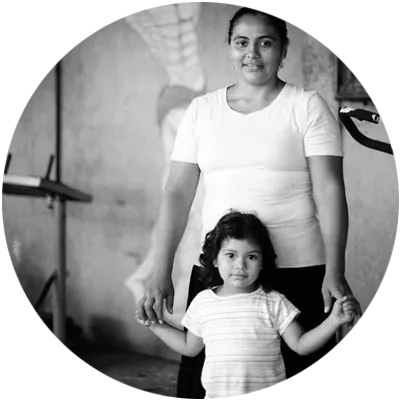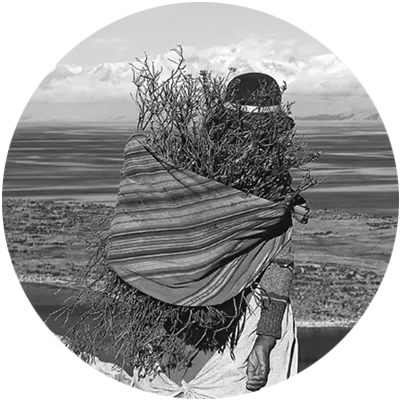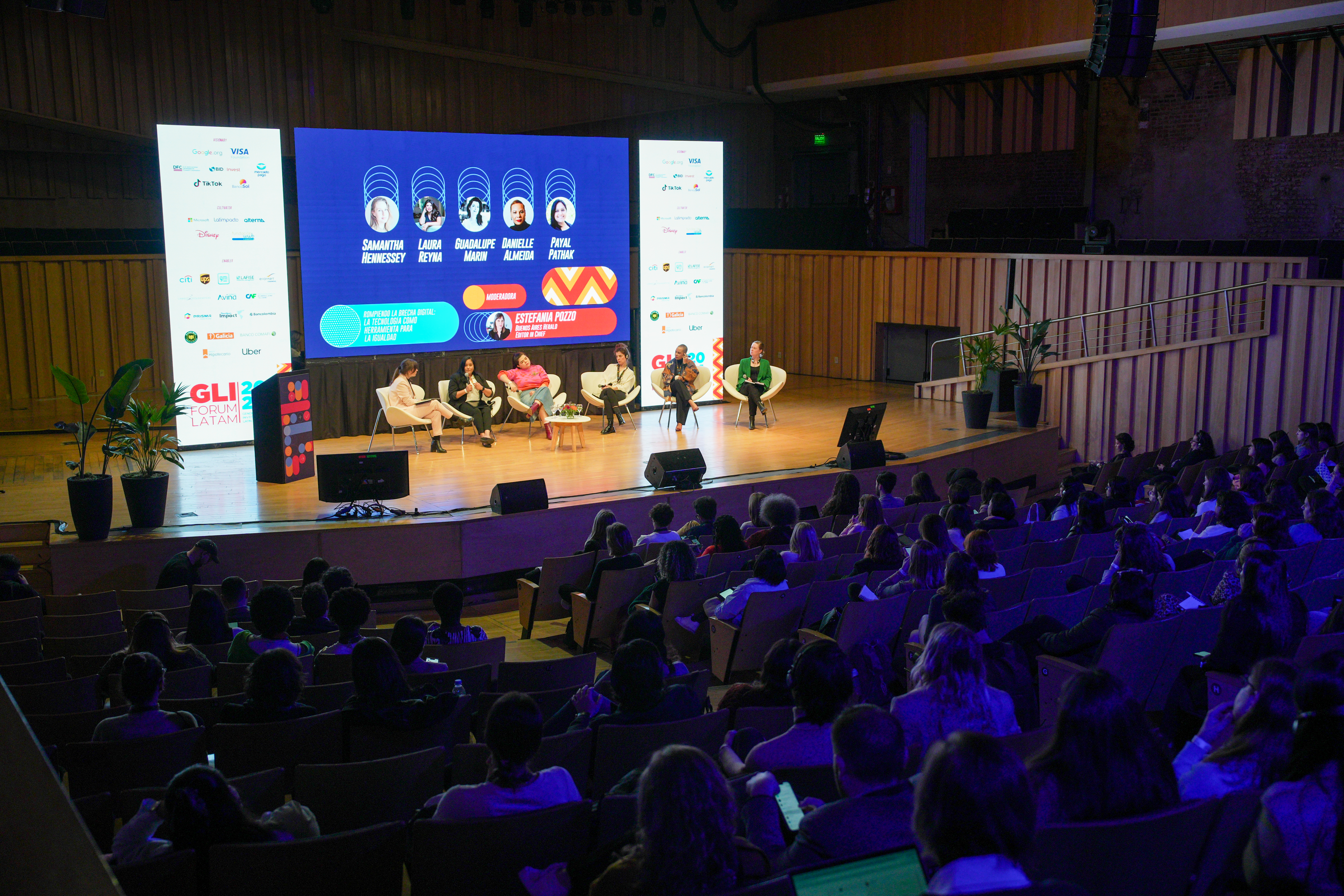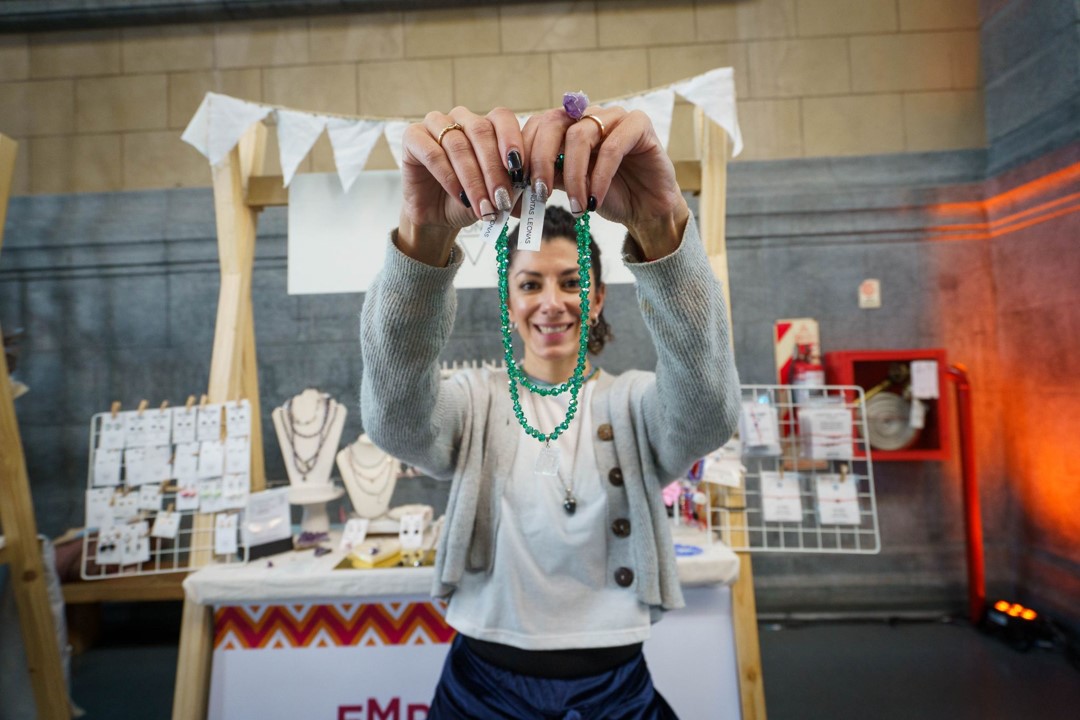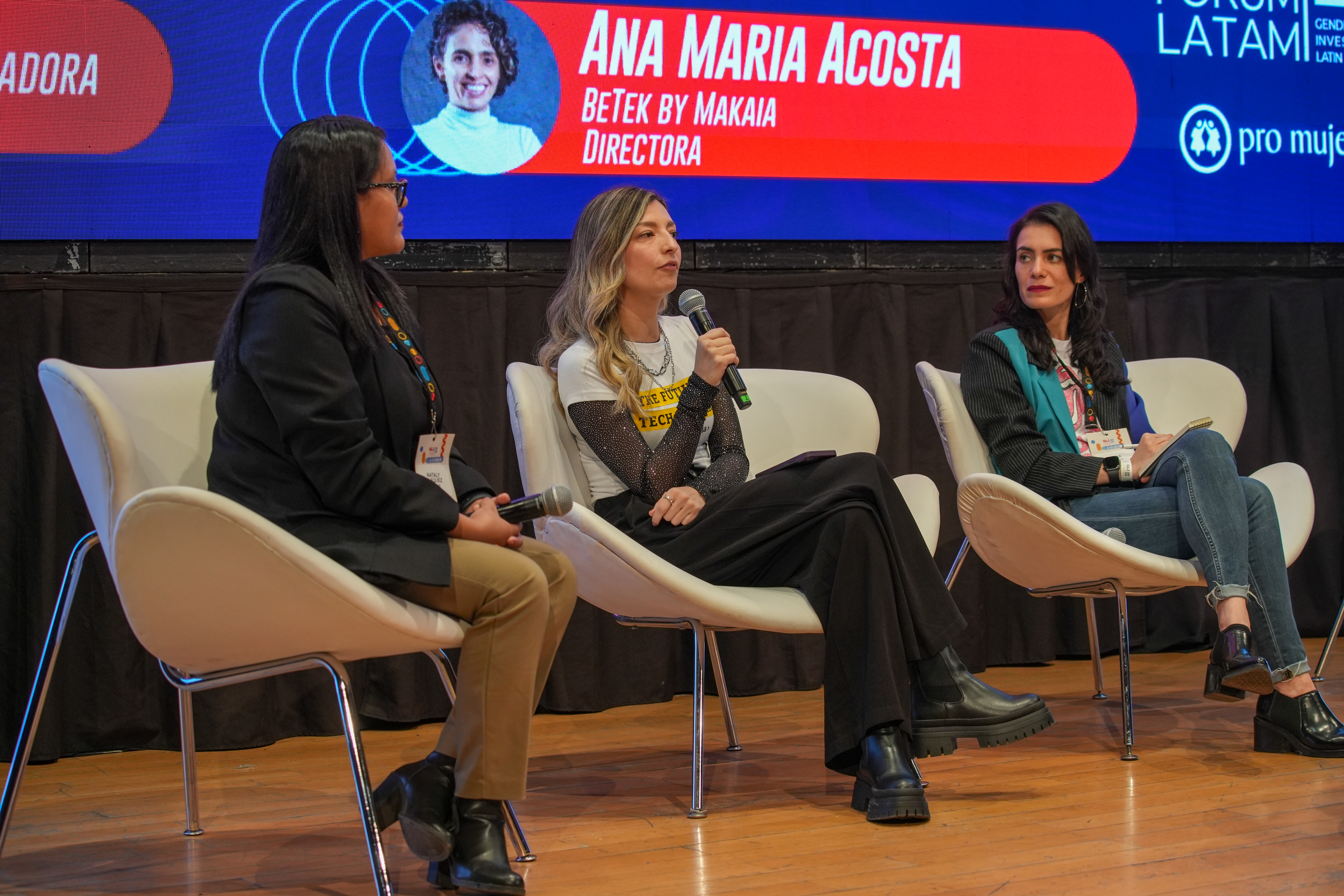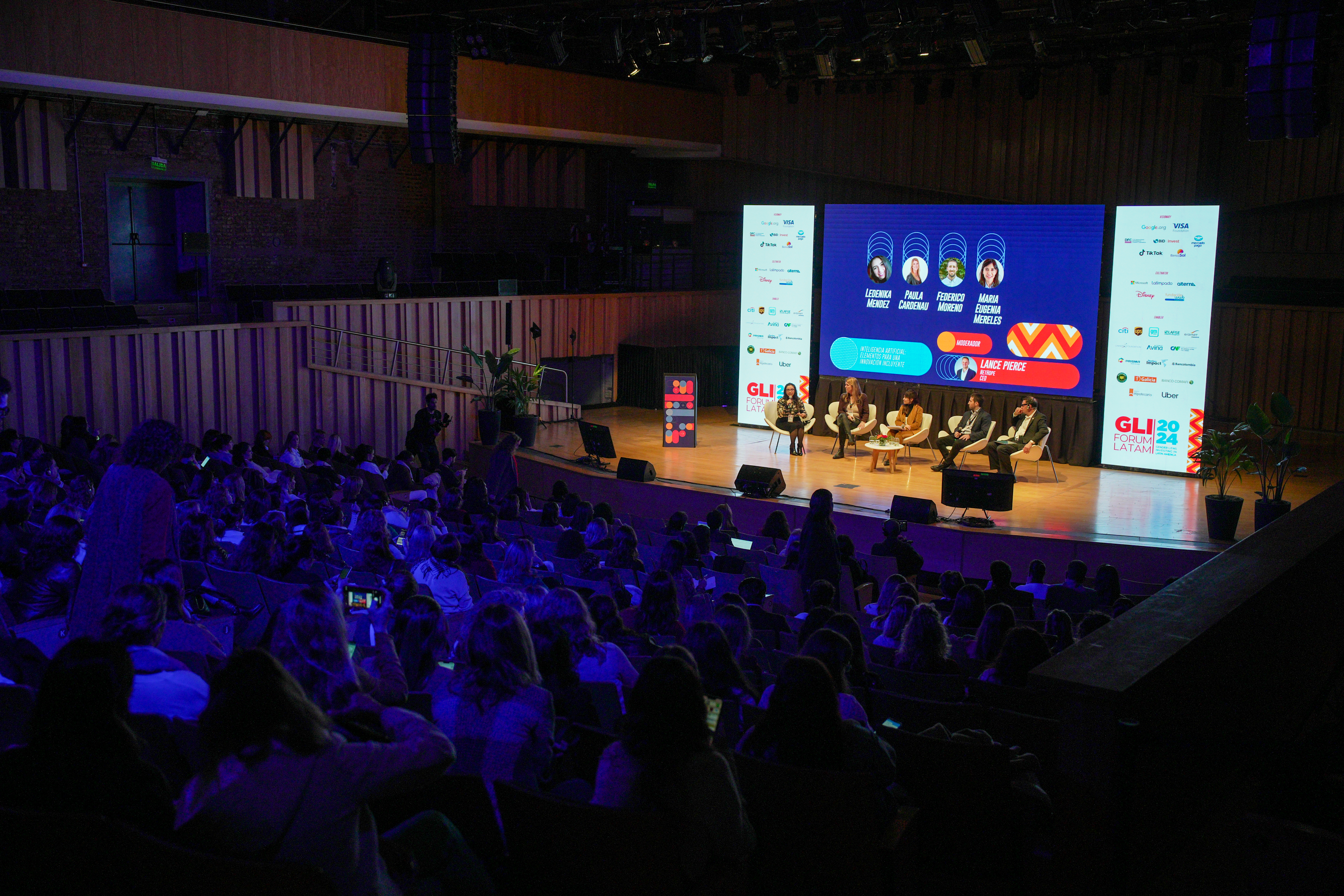Latin America ranks fourth worldwide in internet penetration; however, 33% of its population still does not have access to this vital service (ECLAC). This disparity worsens when we consider the gender digital gap. According to United Nations data, 4 out of every 10 women in the region—more than 89 million—are not connected or cannot afford internet access.
Beyond economic limitations, the gender gap in the digital field is also due to the lack of knowledge and necessary skills. In Mexico, for example, 63% of women who do not use the Internet state that their main barrier is the lack of necessary knowledge (U.N.).
Given this scenario, the panel discussion “Breaking the Digital Divide: Technology as a Tool for Equality” posed a central question: How can access to technology help close these gaps of inequality?
Moderated by Estefanía Pozzo, editor-in-chief of the Buenos Aires Herald, this panel brought together influential voices at the intersection of technology and equality in the workplace to explore strategies to ensure the inclusion of all people in the digital age.
The panel featured Samantha Hennessey, Local Social Responsibility Lead at Google.org Americas; Laura Reyna, Public Policy Manager Latam at TikTok; Guadalupe Marín, Sustainability Director for Latin America at Mercado Libre; Danielle Almeida, Director of Program and International Relations at Preta Hub; and Payal Pathak, Program Officer at Visa Foundation.
Estefanía opened the discussion space highlighting a fact from the World Economic Forum: In 2023, Latin America was one of the regions that had made the most progress in terms of gender equality. However, the current challenge for the region is to increase the participation of women in paid positions in the technology industry. According to data from ECLAC, the information and communication technology sector represents just 0.9% of female employment in the region.
Thus, to improve the labor market and take advantage of a significant economic growth opportunity for the region, reducing the gender digital gap in Latin America represents one of the current challenges of greatest importance. But, given the rapid advancement of the digital economy, there is a real risk of leaving millions of women behind if inclusive measures are not taken.
Given this reality, Guadalupe highlighted the results obtained by working for the financial and digital inclusion of women in the region: “We carry out a program together with Pro Mujer, the program Emprende Pro Mujer, through which we support women who operate with Mercado Pago so that they may develop their entrepreneurial and financial skills.” This program has trained more than 6,000 women since its implementation in 2022; this represents a significant contribution to help bridge the digital gap they face.
“This transformation not only improves the efficiency and expansion of companies but also ensures that women have a leading role in the new digital economy,” emphasized Payal Pathak, from Visa Foundation, highlighting the importance of inclusive integration at all levels of business activity.
The initiative implements an integrated approach that combines access to credit with business training, but as the speaker mentions, technology alone without bias is not enough to overcome women’s systemic disadvantages. If solutions are not generated at the core of the business, there is no scalable impact to close the inequality gaps.
Pathak also highlighted other digital tools and programs that boost access to capital. He explained that the organization’s efforts are divided into three levels: Support for organizations and fund managers, the development of platforms for education and financial access, and the scaling of operations through digital technologies.
The financial system, technology, and opportunities in the digital market
To propose tangible solutions that break the gender digital divide in the region, it is necessary to recognize the current challenges in the ecosystem. In her experience at Google leading social responsibility efforts in the Americas, Samantha explained that one of the biggest challenges is the lack of gender lens funding: “Less than 2% of global philanthropic funding is focused on women and girls. The challenge is not in finding the solution but in striving more to provide financing in these areas,” she affirmed.
That’s why Google.org, the philanthropic arm of the tech company, focuses on supporting projects that promote the comprehensive development of women in the region. This year, Google.org gave Pro Mujer a grant to support the development of more than 250 Salvadoran female entrepreneurs in the context of the inauguration of their offices in El Salvador.
Samantha added that beyond funding, it is crucial to work in collaboration with the public sector: “For example, this year I was in Mexico with Carmen from Pro Mujer, announcing 10 million dollars in financing to support women’s access to capital and digital skills, in collaboration with the Mexican Ministry of the Economy,” she said. “If we really want to solve these problems, we need to work collaboratively with governments.”
This gap is even evident in the preferences, and possibilities, that women have when making transactions: “There is a three-point difference between men and women when it comes to using digital means to pay. That is a business sample where that gap is reflected and it correlates with the lack of digital skills in women,” commented Guadalupe Marín of Mercado Libre.
Given all of this, it is essential to understand technology as a means to encourage greater opportunities and enable new markets, which presents challenges beyond exposure to social networks or the implementation of digital payment. Laura, from TikTok, highlighted the capacity of this platform to serve as a powerful tool for entrepreneurs: “The difference in being an entrepreneur is that it takes you to another place, to freedom that allows you to make decisions, that allows you to leave your husband, that allows you to decide to quit the job where things are not going well for you for different reasons. And I believe that technology can help all these women make that step easier.”
And finally, no inclusion strategy is complete without an intersectional approach. Developing strategies to close the digital divide requires recognizing that this inequality disproportionately impacts Afro-descendant women, rural women, women in poverty, and Indigenous peoples. Danielle, from Afrolab—a program that empowers Afro-descendants and Indigenous businesses in Brazil and which has already had a positive impact on 3,000 people—expanded the use of technology to train entrepreneurs to build and sell products while priding in their identities, thinking it, in her words, from a perspective of cooperation based on dignity but also on economic advancement for companies and civil society.
“In this forum, we are talking a lot about the perspective of women’s entrepreneurship, women’s leadership, and women’s emancipation, but we must do so from a perspective of the intertwining or intersection with race because Indigenous and Black women are the most vulnerable; they are the greatest victims of domestic violence and violence in everyday life,” expressed Danielle, and added that “They are the most impoverished women and, due to their own condition, have less access to credit, less access to security, health, and, of course, the development of their businesses.” A reality that is evidenced by the fact that in Brazil—the second country in the world in terms of Afro-descendant population, half of Black women work in the informal sector and earn 44% less than white men, yet 47% of entrepreneurs are Black, according to data from the Fundo Agbara.
To conclude, this panel highlighted three fundamental pillars that are critical to advancing toward gender equality in the digital field: collaboration and networking, economic autonomy, and the importance of care and education. Collaboration emerges as the backbone of our efforts, demonstrating that synergies between diverse actors can accelerate significant changes and amplify results.


